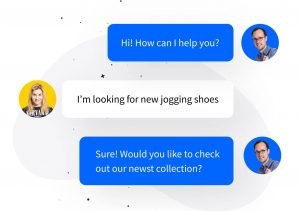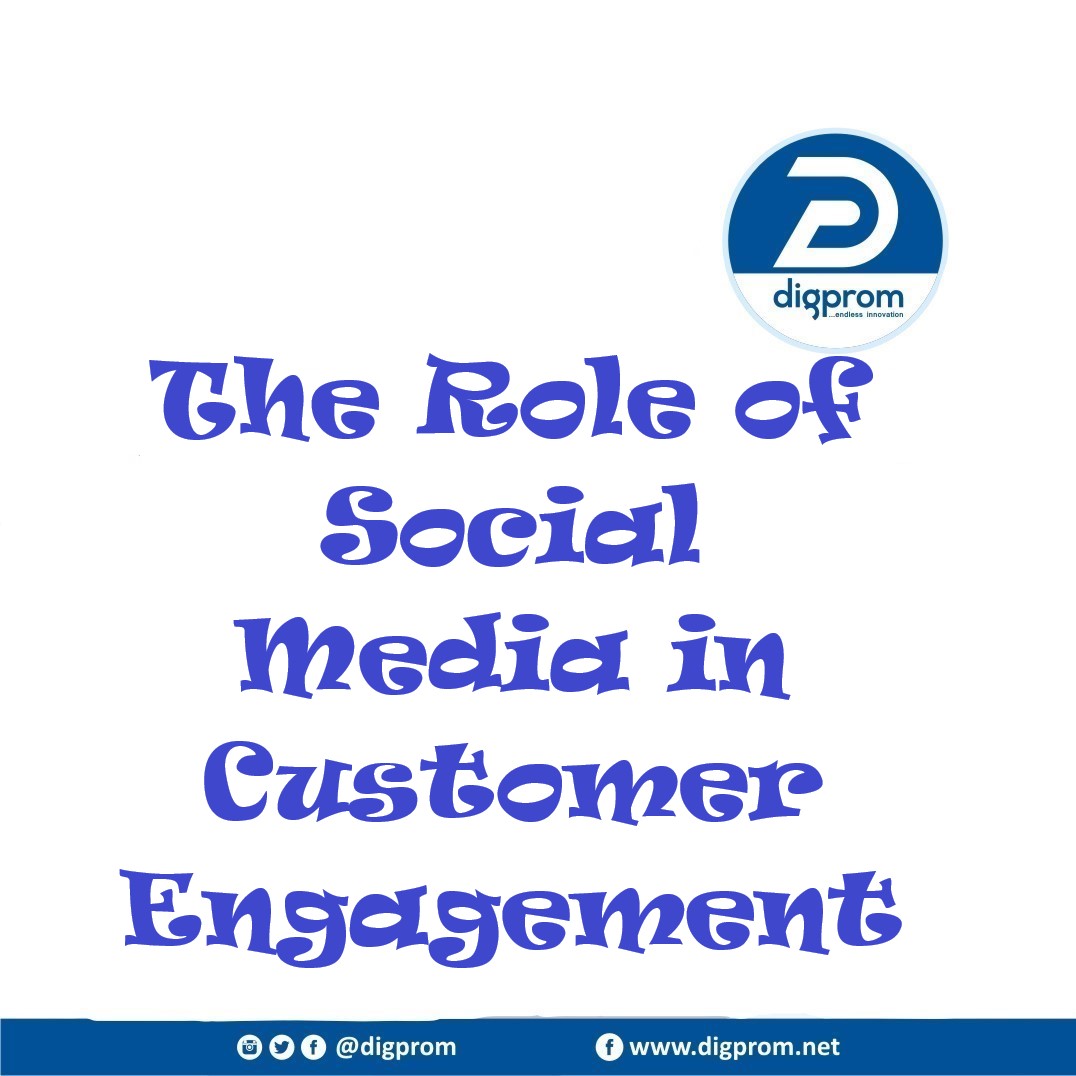The Role of Social Media in Customer Engagement
In recent years, social media has changed the entire landscape of communication between customers and brands.
It has empowered users to communicate their suggestions with businesses and provide feedback directly to Businesses, manufacturers, and organizations.
Social media is no longer simply a recreational tool; it has become a favorite venue for consumers to voice their experiences with brands.
Users are spending an increasing amount of time on social media to inform themselves and engage with their favorite brands. When asked about the number of hours spent on social media daily, a survey sometimes published ago found that nearly 40 percent of participants spend at least 3 hours or more on social media platforms every day.
Another survey of 537 social media users found that 80 percent of people visit a website through a social media platform, making it an important channel for businesses and consumers alike.
On a personal level, platforms such as Facebook, Twitter, and YouTube allow us to communicate with our loved ones to keep us in touch with the latest news and updates. While on the business level, they connect businesses with consumers and provide them free access to valuable customer feedback.
What makes social media different from traditional media?
The digital revolution has brought a paradigm shift in the way businesses reach out to consumers.
In the old days, companies and firms relied on traditional media to drive growth. This included advertising in newspapers, radio, and TV, printing pamphlets and brochures, and promoting the brand on billboards in public places.
Many people are still attached to traditional media because of the reliability and trust associated with it. However, the biggest advantage of social media marketing is that it is less expensive and provides a two-way flow of information between brands and consumers.
Moreover, it also offers an opportunity to put your product in front of millions of users and tailor it based on their feedback and suggestions.
These benefits have given social media a primary role in customer engagement. Below are some principles that you can adapt to put your business on the right track.
Personalize the customer experience:

Marketers usually face the challenge of creating an alternative experience of the face to face interaction on digital media.
One way to build those human relationships is to nurture potential customers as individuals and provide them a personalized experience. Share interactive content and respond to customer queries posted on social media platforms.
Research shows that 90 percent of people show a strong affinity towards personalization. This can come in handy if you get access to consumers’ interests, habits, and past purchases. Social media provides you insights into customer behavior that you can leverage to grow your bottom line.
Create Quizzes, Polls, and Surveys:

One effective way to improve user engagement on social media is by sharing content that requires user participation.
Depending on your business and niche, conduct surveys and polls that allow customers to share their opinions. Many businesses around the world use this tactic on their Facebook pages and YouTube channels to know what their audience wants and needs. They then use the result of the survey to develop products that will interest the audience.
In many cases, businesses can integrate the results in Google Analytics and view user engagement. Google Analytics reports your website traffic and allows you to track user engagement with content on social networking sites and apps. It is a free service that helps you measure the performance of your marketing and overall business.
Creating quizzes and contests can also prove helpful in maximizing user engagement on social media. Rewards and incentives are not only useful in retaining existing customers, but also acquiring new ones.
Live chat options:

Responding to user messages and comments on social media is key to keeping the users engaged.
Unfortunately, many businesses fail to answer customer questions and concerns on social media. It leaves customers disgruntled about the way they are being treated.
One way to reduce the response time is by introducing chatbots that can automatically engage users on social media and websites. They are extremely flexible and can be programmed to provide different answers based on keywords and phrases within the message.
Currently, only 9 percent of users use chatbots to contact a business, but as Artificial Intelligence and Machine Learning evolve, we will see this number grow.
While the majority of users prefer human interaction, many are still happy with chatbot interaction if it can quickly provide the required information.
Improve communication across the board:
Customer engagement is no longer the sole province of CRM, sales, or marketing team. It is crucial to implement technology, but ultimately, customer engagement is a shared responsibility of all the members of the enterprise. Employees must be trained to recognize every opportunity where they can engage with customers.
This means that companies need to invest in people and processes so that they can drive relationships. Once a business arms its employees with communication and engagement skills, they can become good ambassadors and promote the businesses both online and offline.
Share valuable content:
Customers love learning new information about things that interest them. Businesses can leverage this desire and come up with social media strategies that focus primarily on expanding customers’ knowledge about things they love. As you produce content based on user interest, you can elicit desired responses valuable to your business.
It can be hard to manage your content, especially if your business is operating on several social media platforms. But now, you don’t have to worry about your social media accounts as there are free tools available in the digital world. You can choose the one that best aligns with your needs.
The tool makes your task pretty easier. It helps you manage your many social network channels simultaneously.
Finally, Social media has armed customers to share their thoughts and experiences on platforms used by large audiences. This has created a new reality for businesses that now require dynamic social media strategies to nurture strong relationships with consumers. In our interactive economy, customers want to feel known, and this is what social media promises.
